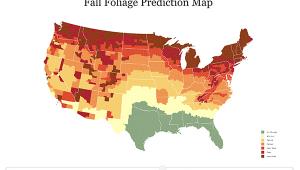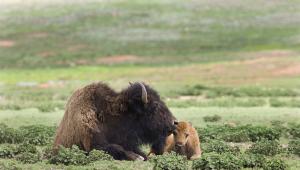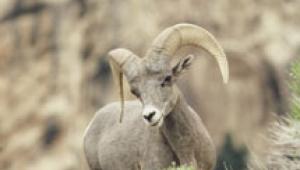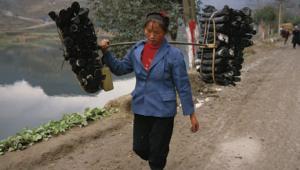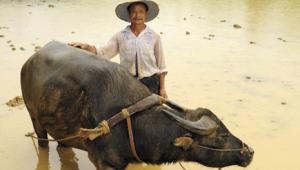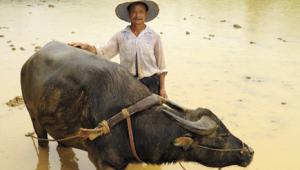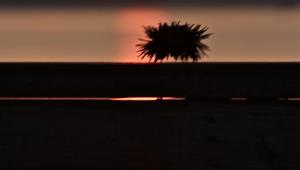Discover The Channel Islands National Park; Photograph The Galapagos Islands Of The North Page 2
Santa Cruz Island
You could spend a lifetime photographing the largest of California's Channel
Islands. More than 100 sea caves are honeycombed along its coast. Painted Cave,
the largest sea cave in the state, penetrates 1200 ft into the island. From
beaches and coves to canyons and mountains, it's the most topographically
and biologically diverse island in the chain. There are good opportunities to
photograph the endangered island fox at Scorpion Anchorage, and brown pelicans
on Scorpion Rock. Dramatic landscapes abound from every cliff top draped in
coreopsis, seaside daisies, and Santa Cruz Island liveforever. Prisoners Harbor
is the best place to photograph the island scrub jay found only on this mountainous
island and nowhere else on earth.
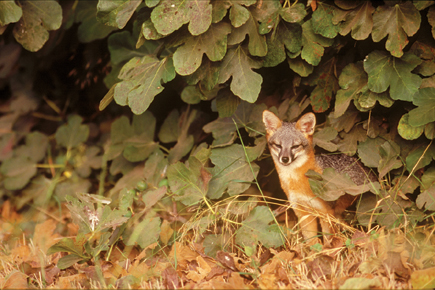 |
|
|
Santa Rosa Island
The second largest of the Channel Islands possesses many archeological sites
of Chumash Indians and pygmy mammoth remains. The Torrey pine forest overlooking
Bechers Bay is rare. The only other one of its kind is found in San Diego. Skunk
Point is one of the last breeding sites of the threatened western snowy plover.
Numerous freshwater springs spill out into the ocean, offering some of the most
pristine riparian habitat in the state.
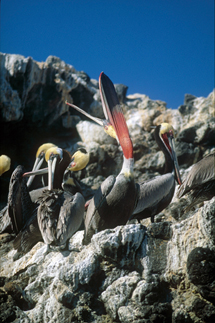 |
|
|
 |
|
|
 |
|
|
San Miguel Island
The windswept islet is overflowing with photo opportunities. Picturesque Cuyler
Harbor--where the Island Packers boat drops off visitors--appears
like something out of the South Pacific. From there, ranger-led hikes reveal
amazing natural wonders. Caliche forest, ghostly petrified tree stumps casted
in sand and calcium deposits provide evidence that the treeless expanse once
possessed trees. Scientists believe mammoths destroyed them all at the end of
the last Ice Age. Out on Point Bennett you'll find the largest seal and
sea lion rookery in North America. Over 100,000 pinnipeds haul out on this long,
wave-battered finger of sand.
 |
|
|
If You Go
· Island Packers is the everyday boat transport to the Channel Islands.
Call (805) 642-1393, or visit www.islandpackers.com.
· To make a camping reservation for the islands, call (800) 365-2267.
For kayak tours, call the Channel Islands Kayak Center at (805) 984-5995, or
visit www.cikayak.com.
· You'll need an arsenal of lenses for the Channel Islands. A wide
angle lens will be your workhorse on land and in your kayak. A macro lens for
native flora, reptiles, and butterflies, and at least a 300mm lens for wildlife
and seabirds that are generally curious and comfortable if approached slowly
and quietly.
· Protecting your gear from moisture and sand will be your greatest challenge.
Bring dry bags to keep your camera gear dry while kayaking. Zip Loc baggies
are also helpful.
· Blower brushes will help keep grit out of your cameras. Bring plenty
of wipes for your lenses. The islands tend to experience their own little micro
climate so weather in terms of fog and wind can be unpredictable surrounding
the chain.
· Take the time to read each interpretive sign while enjoying the islands.
Handy maps are also available at each sign. At Scorpion Anchorage on Santa Cruz
Island a kayaking map of the southeast end of the island is available. Park
rangers and naturalists are also a wealth of information about where to go and
what to see. Another source for information is California's Channel Islands:
1001 Questions Answered by Marla Daily.
- Log in or register to post comments
